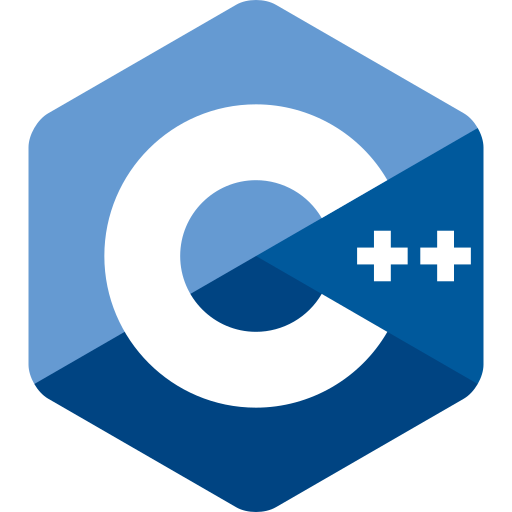Field Interest
Plasma PhysicsHED Physics
Mathematical Physics
Personal Interest
ProgrammingStartups
Mathematical art
Completed
7 Papers5 Conferences
Expertise
TheorySimulation
I'm fascinated by nature and computational machines. I have combined them by simulating nature with computational machines. A quick learner with deep experience in theoretical, computational, and experimental physics. Always up for solving a challenging problem.
Contact Me Blog >_Skills
Programming

C++
Advanced
Python
Advanced
OpenMPI
Intermediate
MatLab
Intermediate
HTML
Intermediate
CSS
Intermediate
Javascript
Intermediate
Fortran
BasicFrameworks/Tools

Qt C++
Advanced
Nuxt JS
Advanced
FastAPI
Intermediate
PostgreSQL
Intermediate
Docker
Intermediate
git
IntermediateField Specific

Particle-in-Cell
Advanced
Plasma FluidSimulation
Advanced
MolecularDynamics
Intermediate
Perturbation/Wave Theory
Intermediate
Laser Diag.:B Dot
Basic

